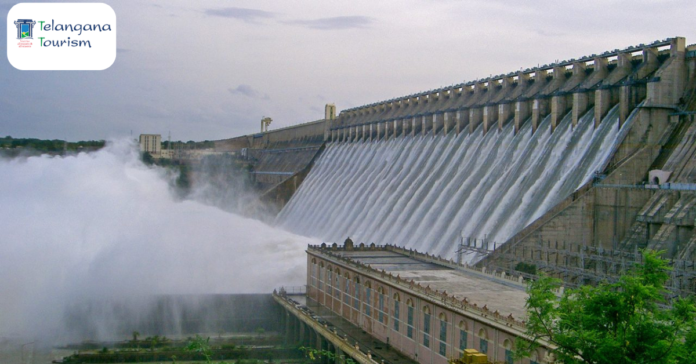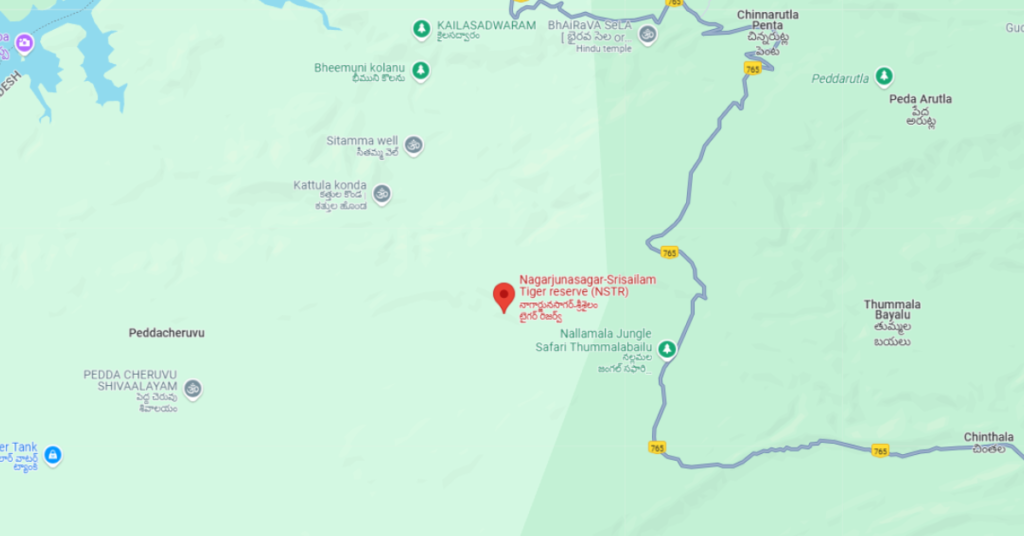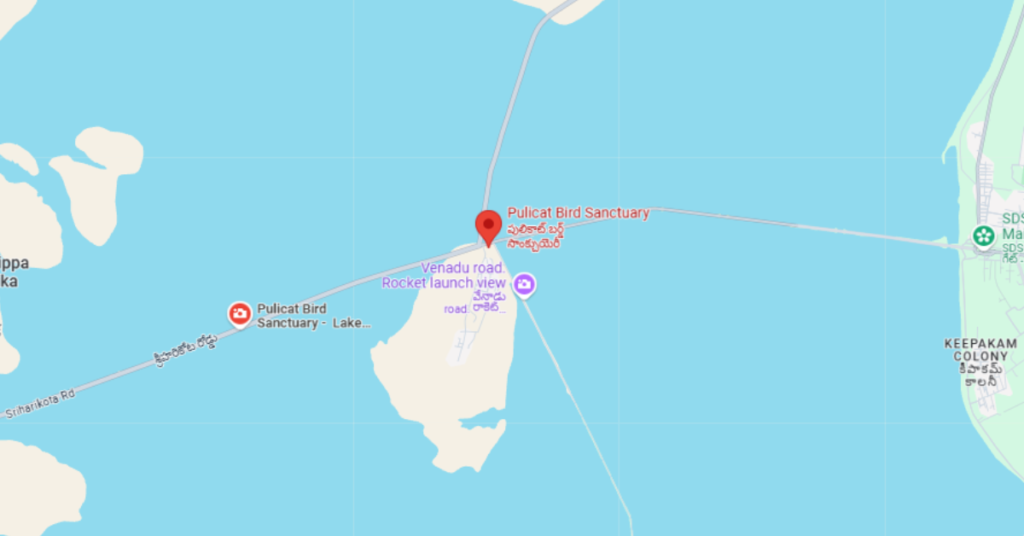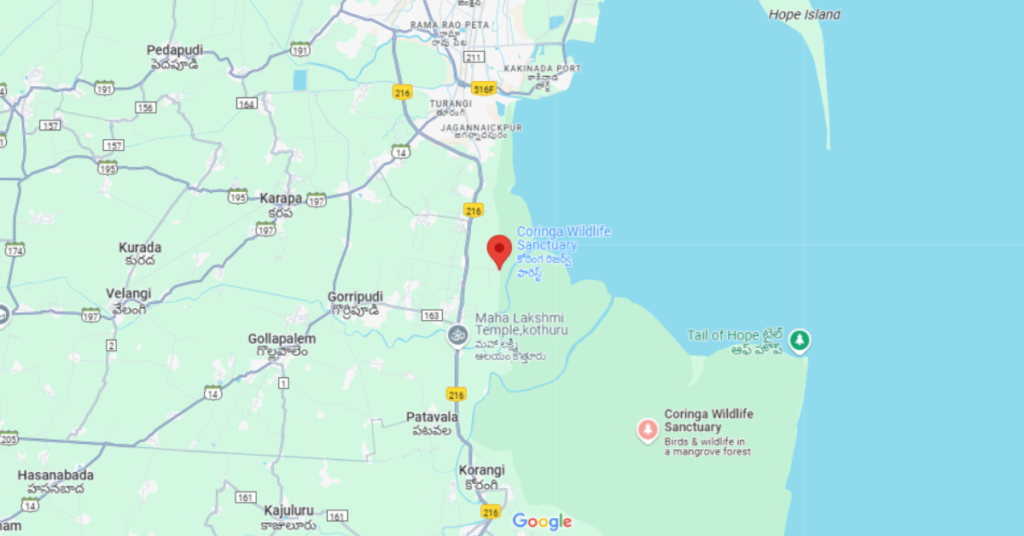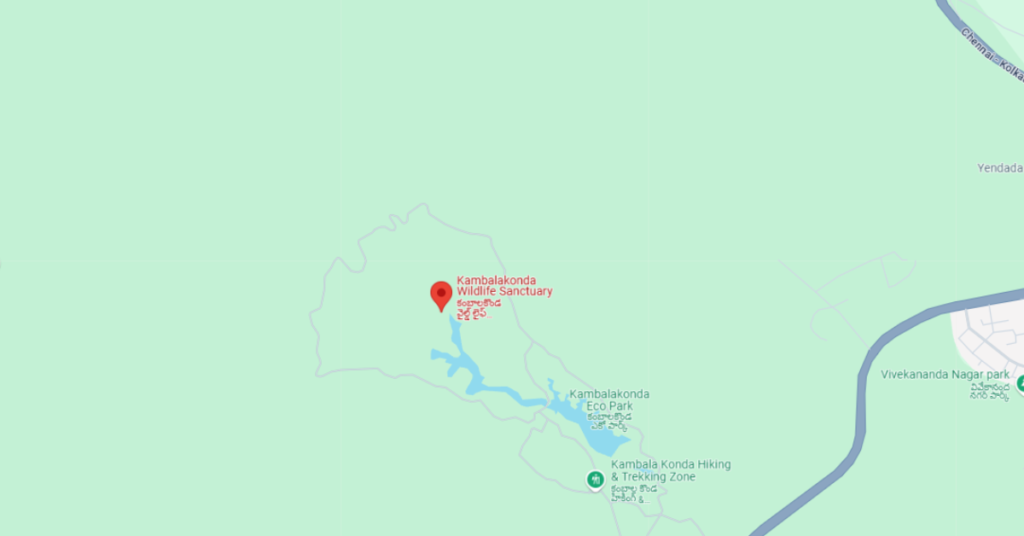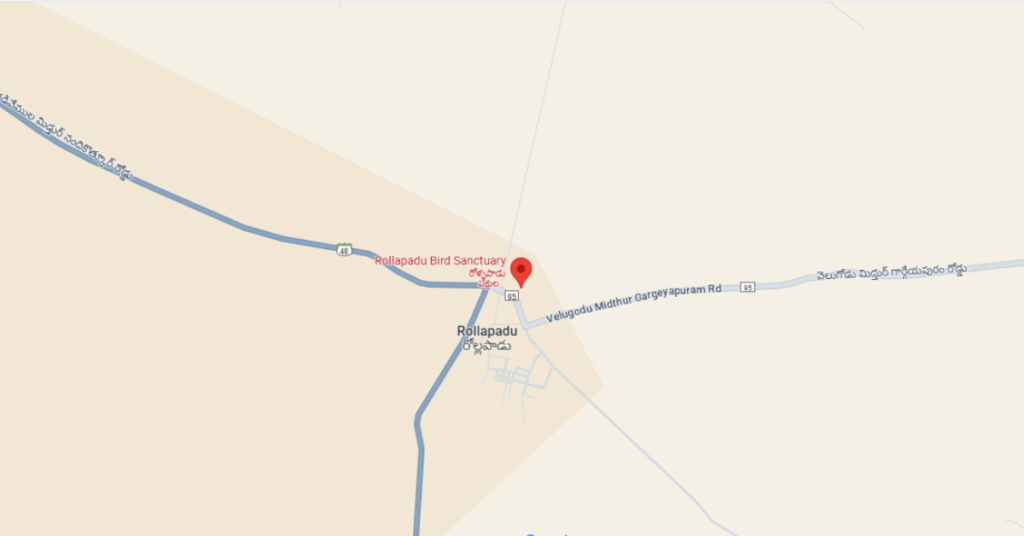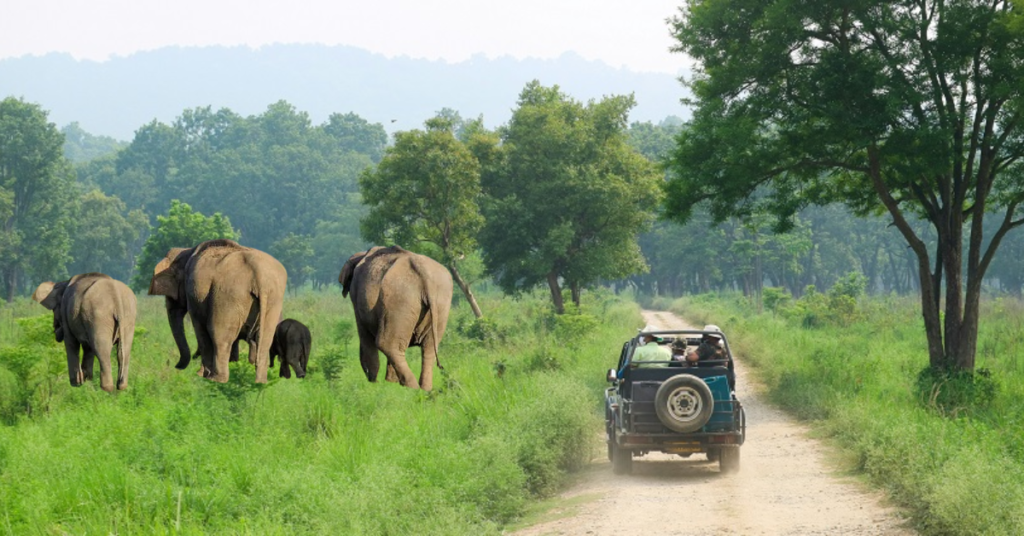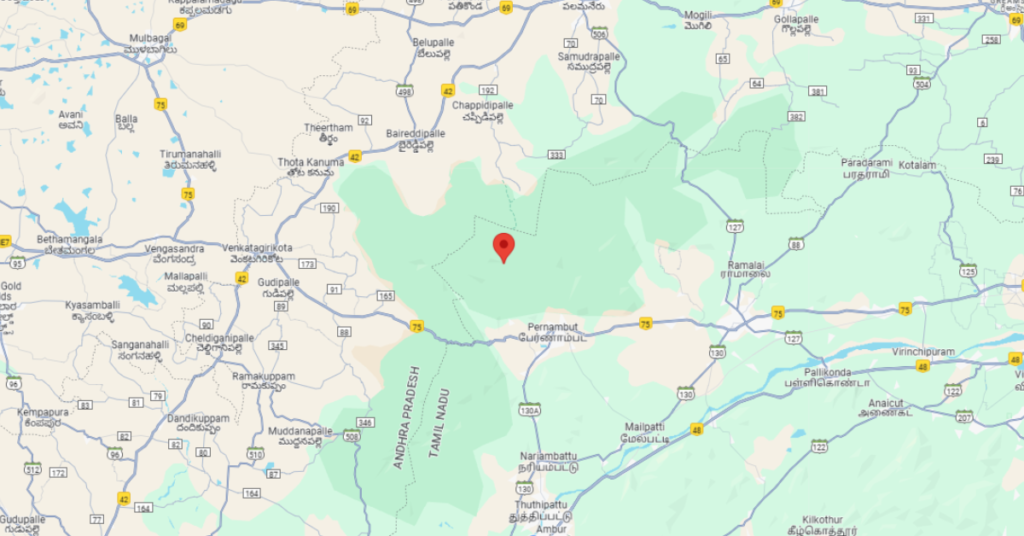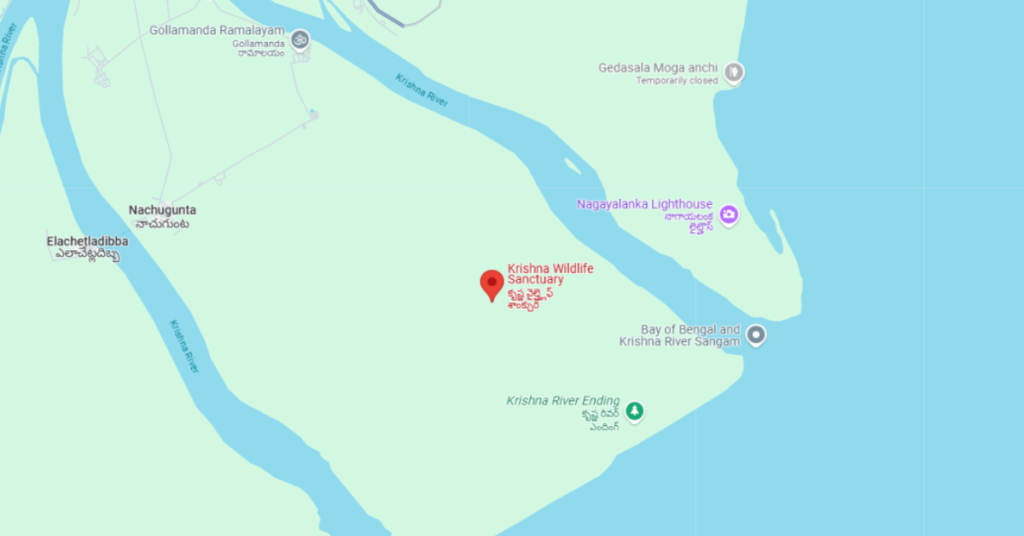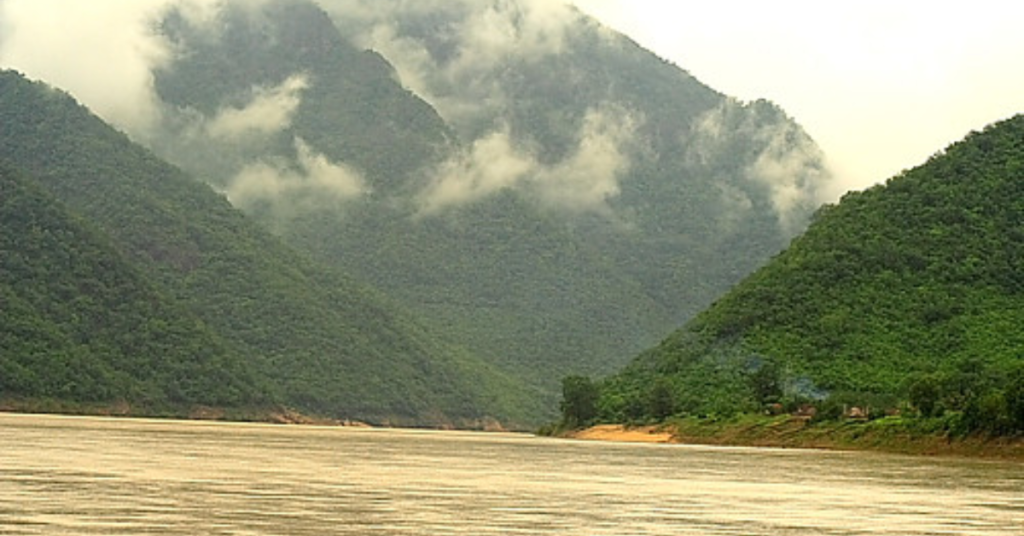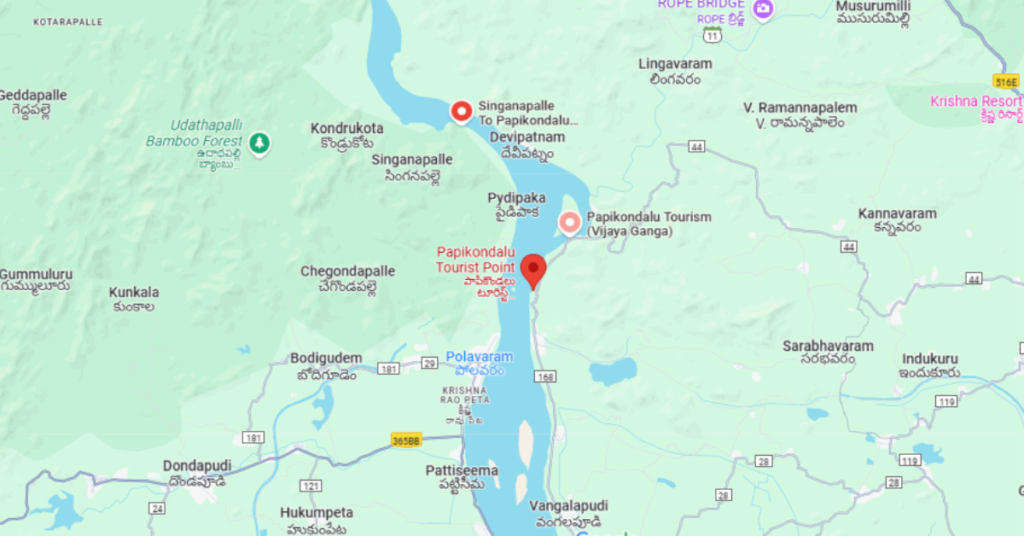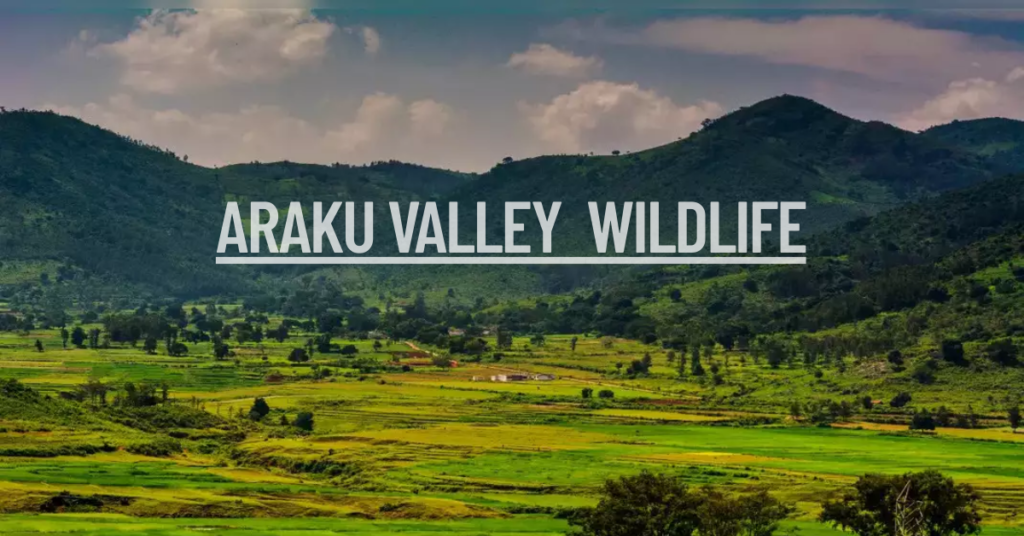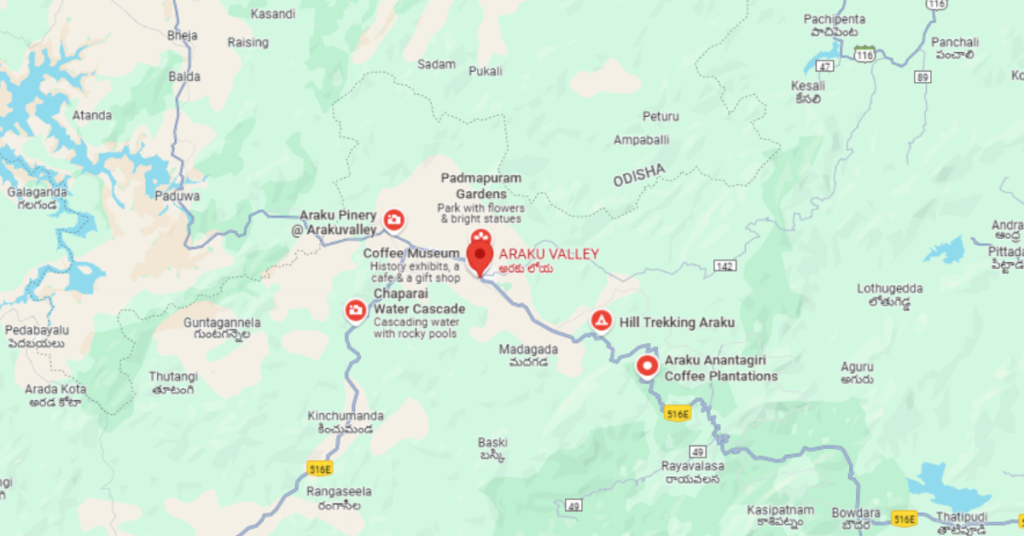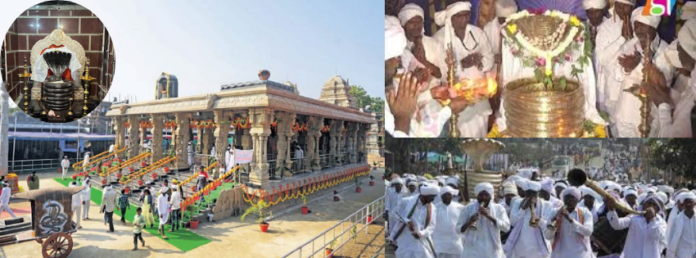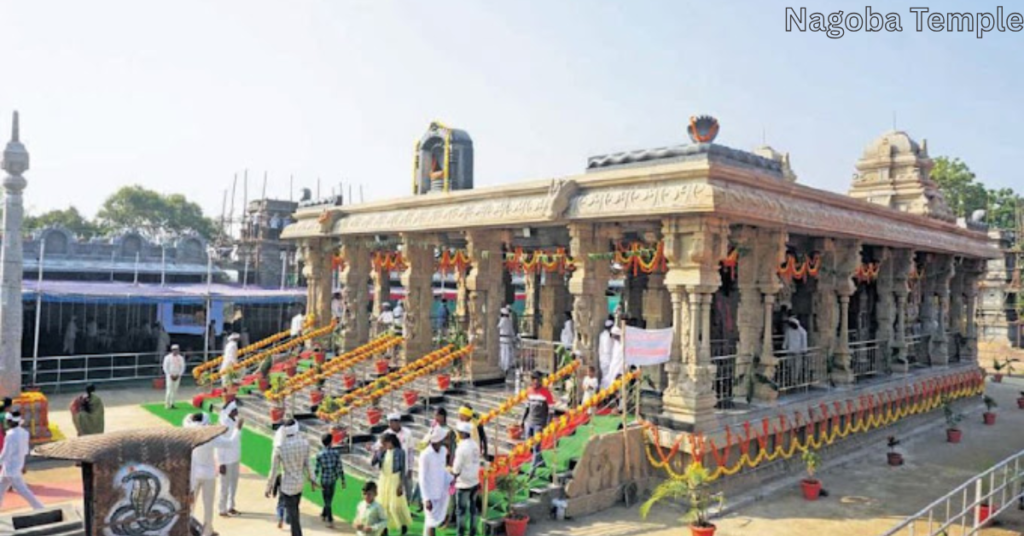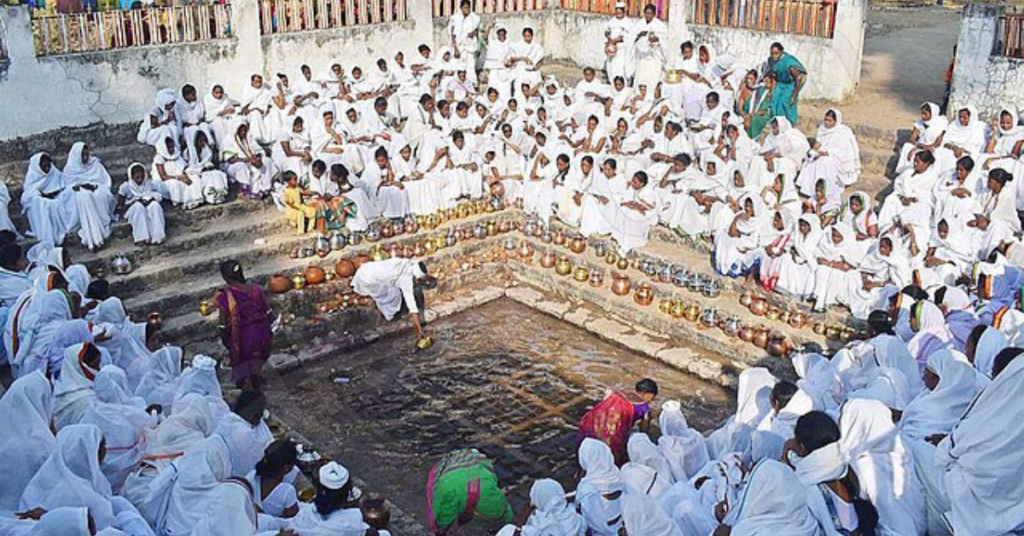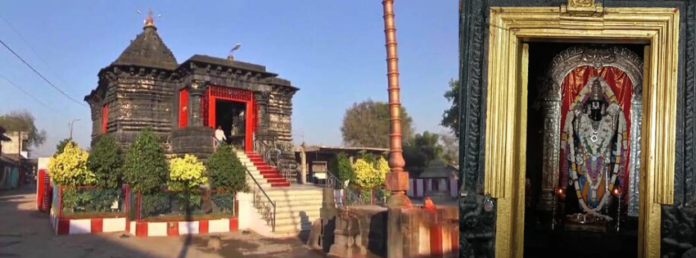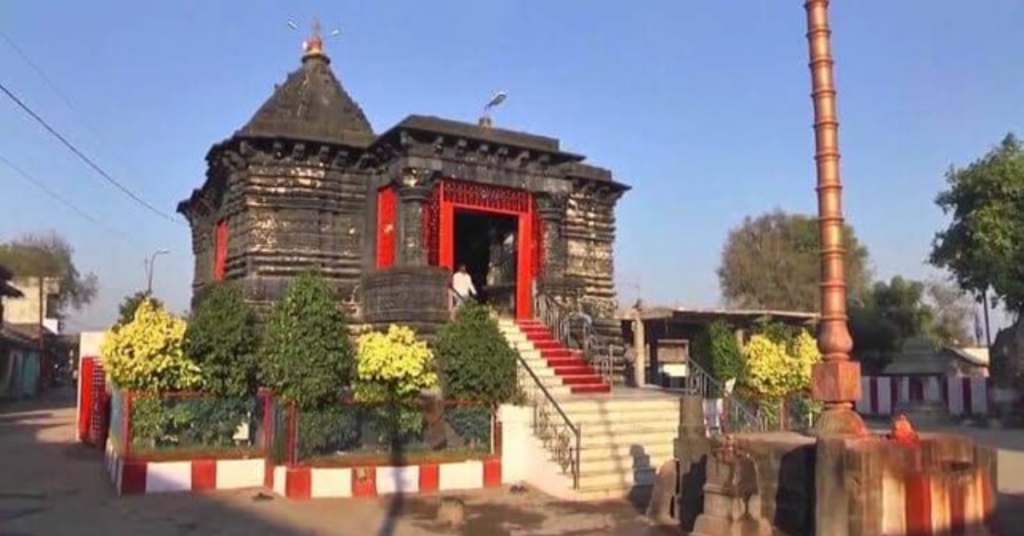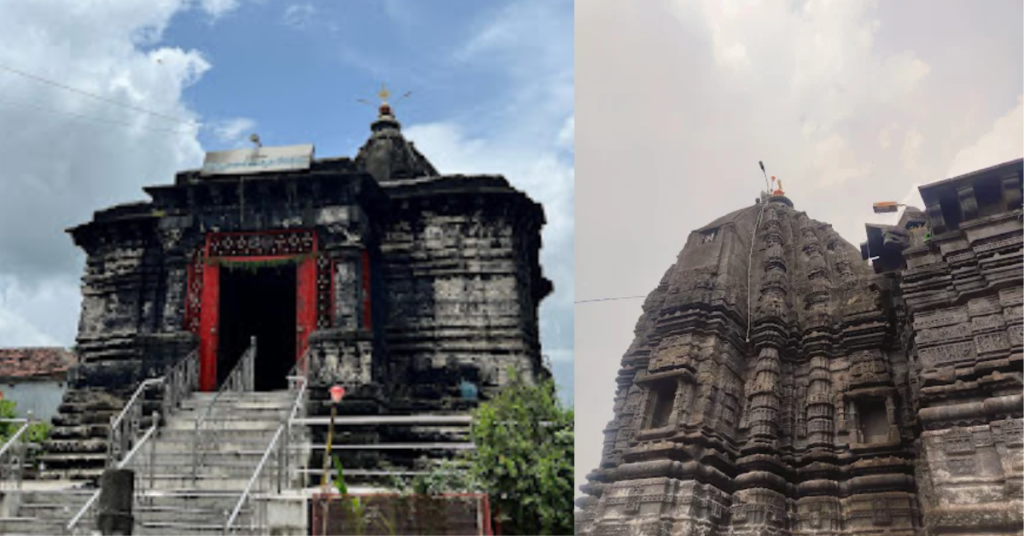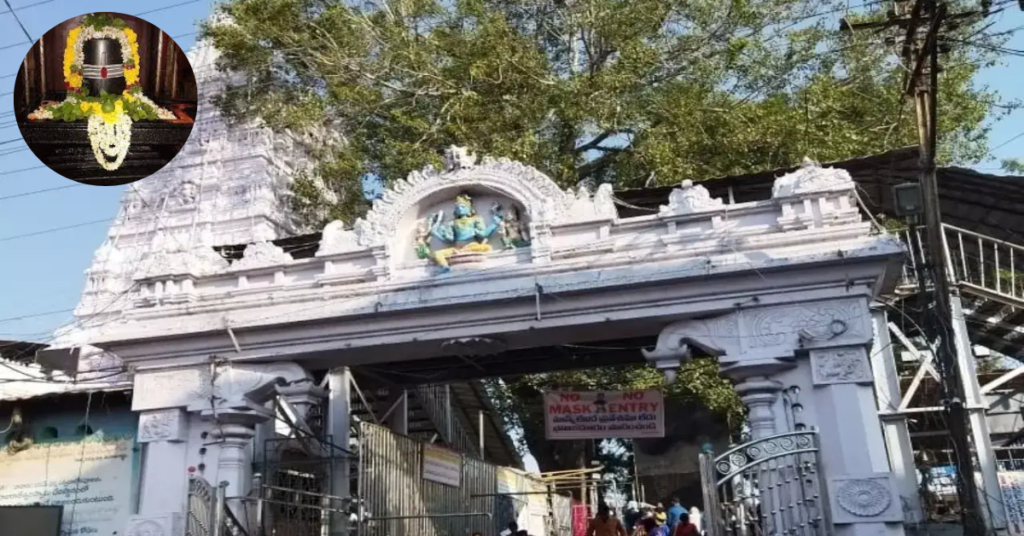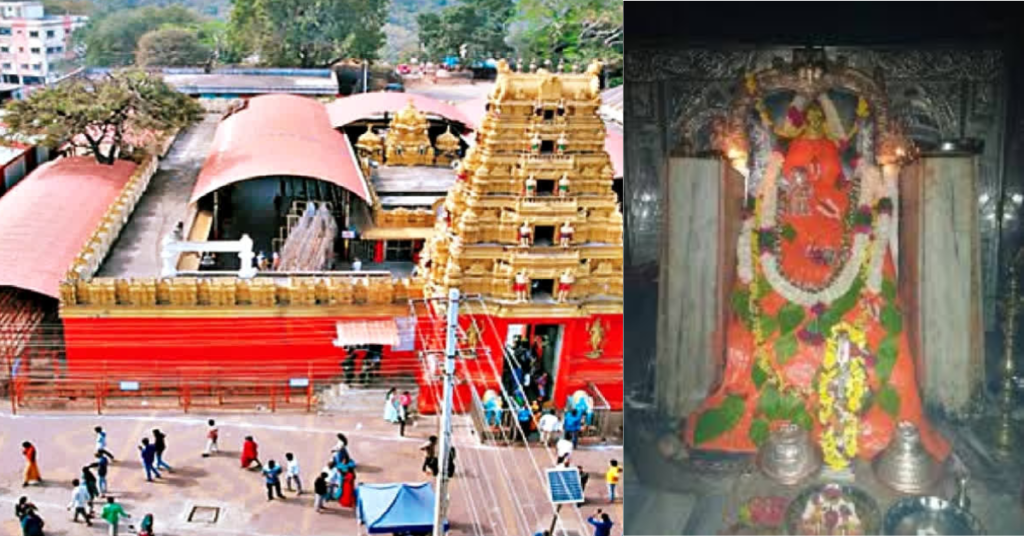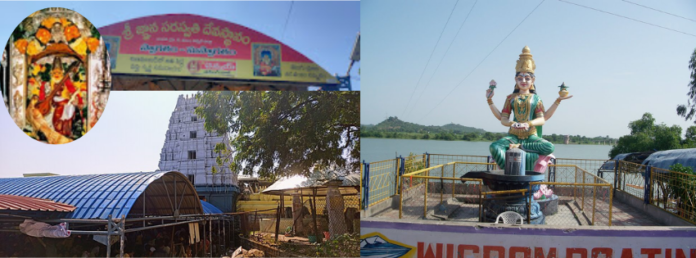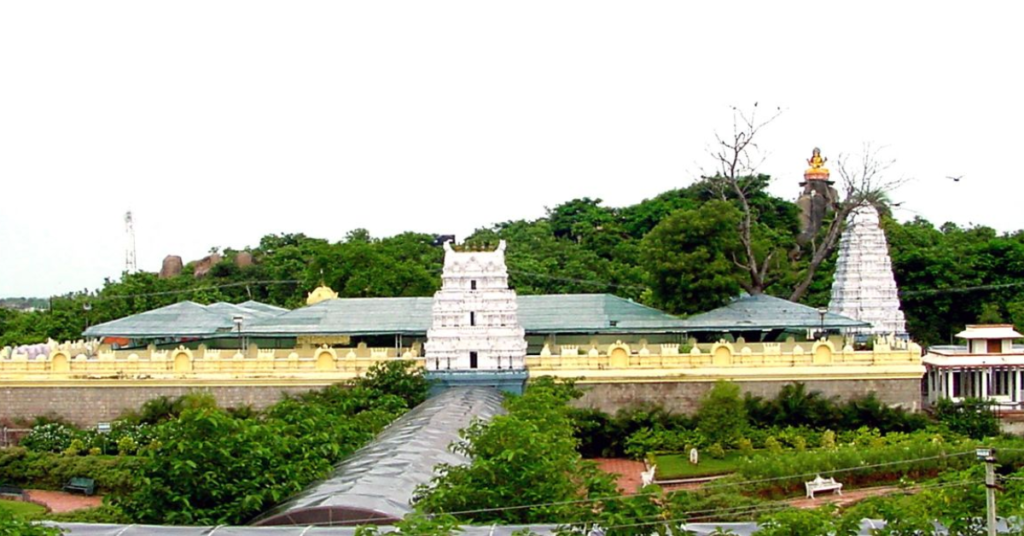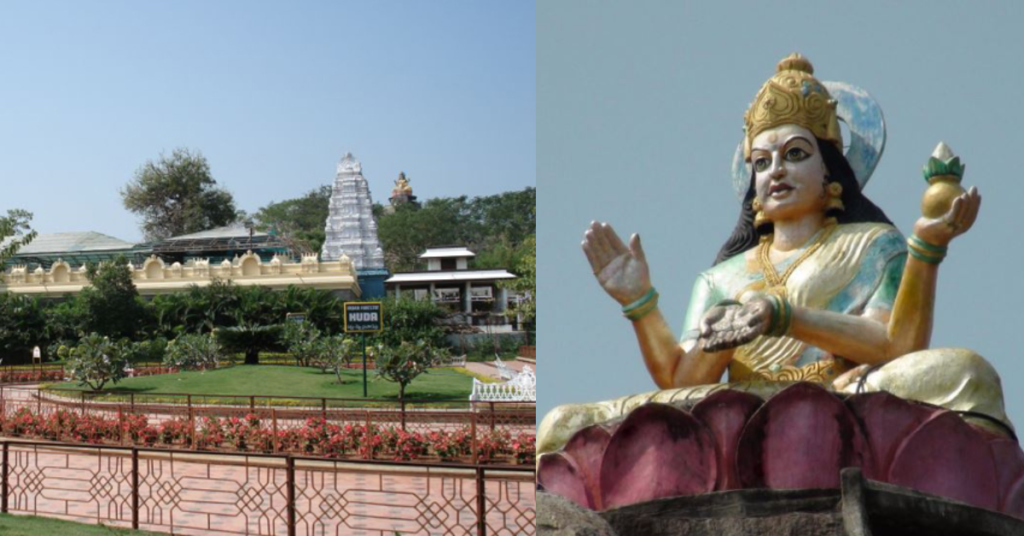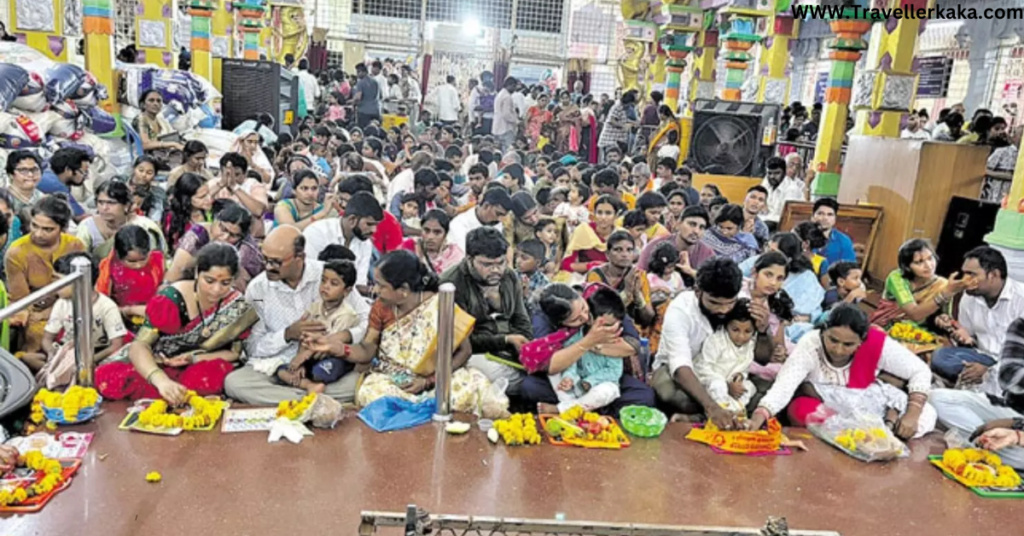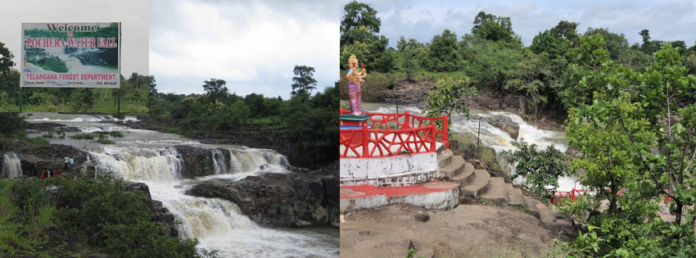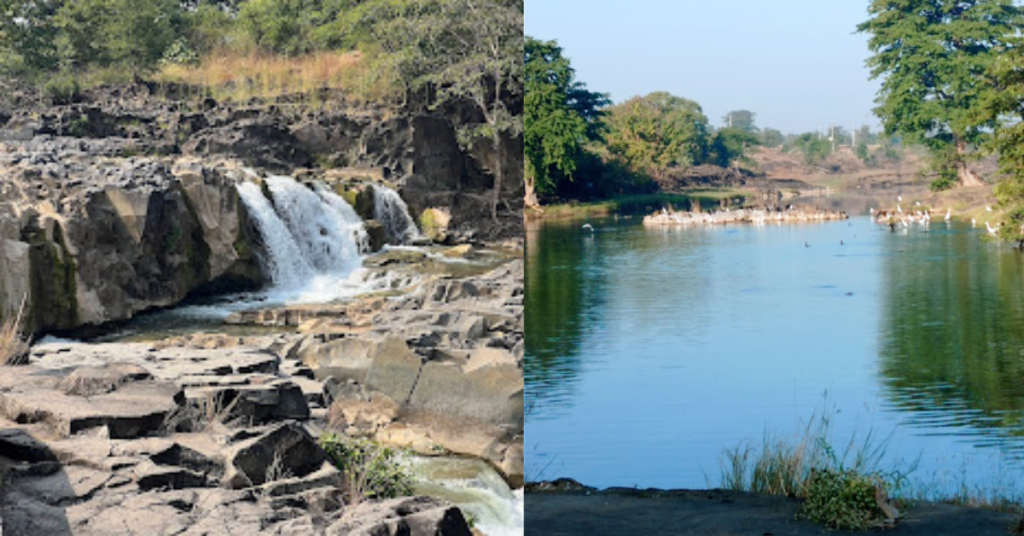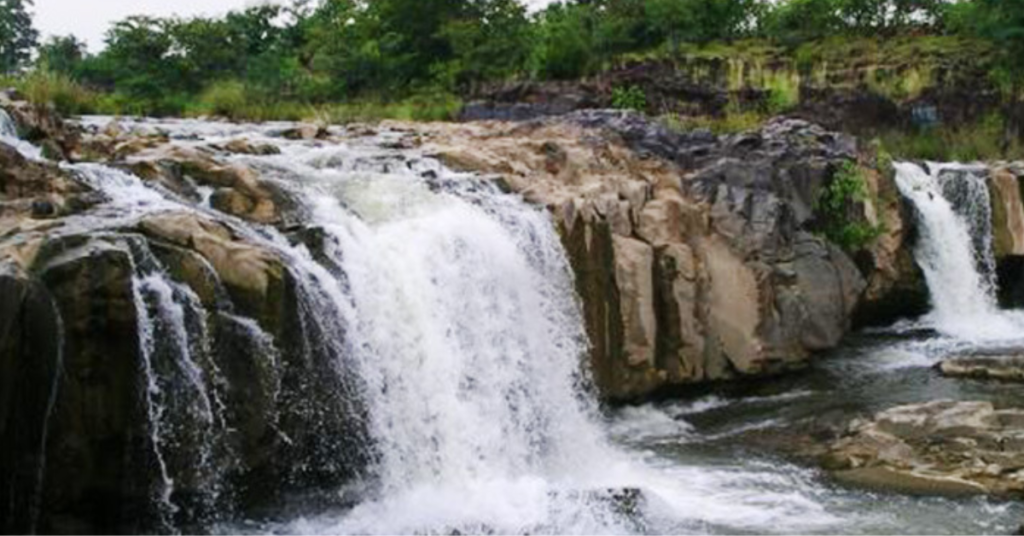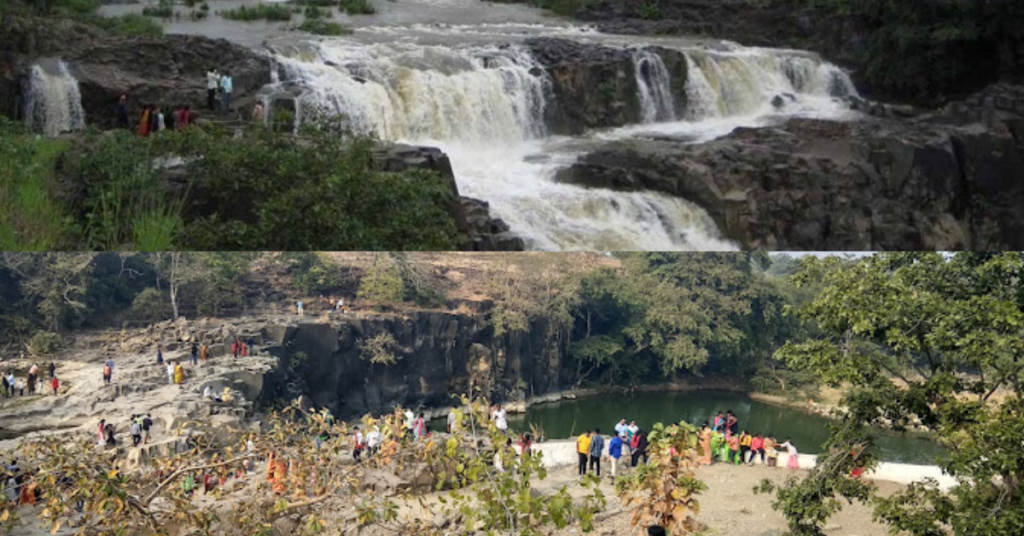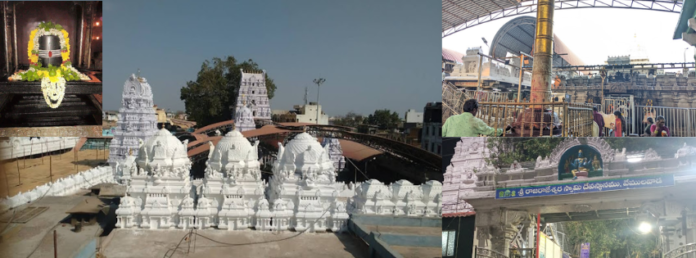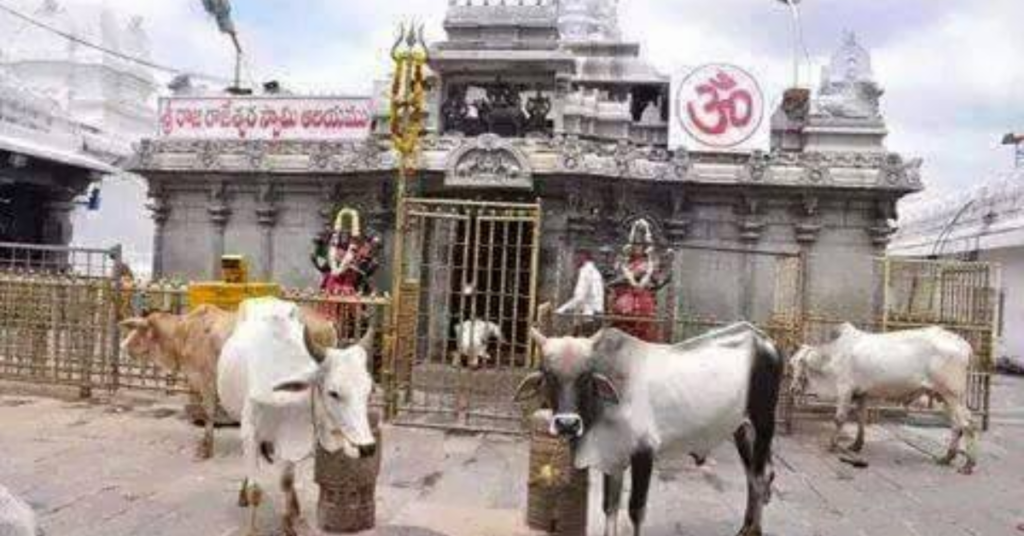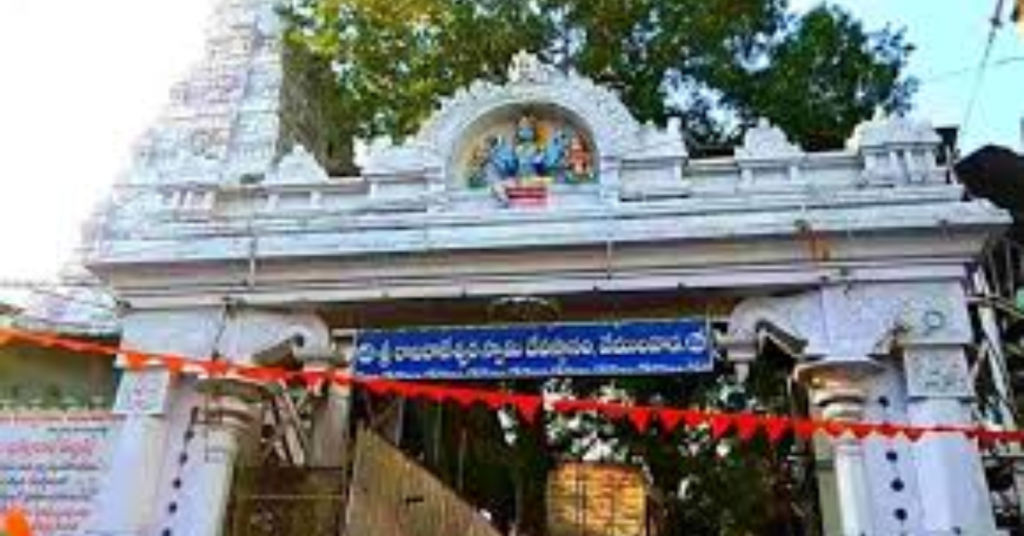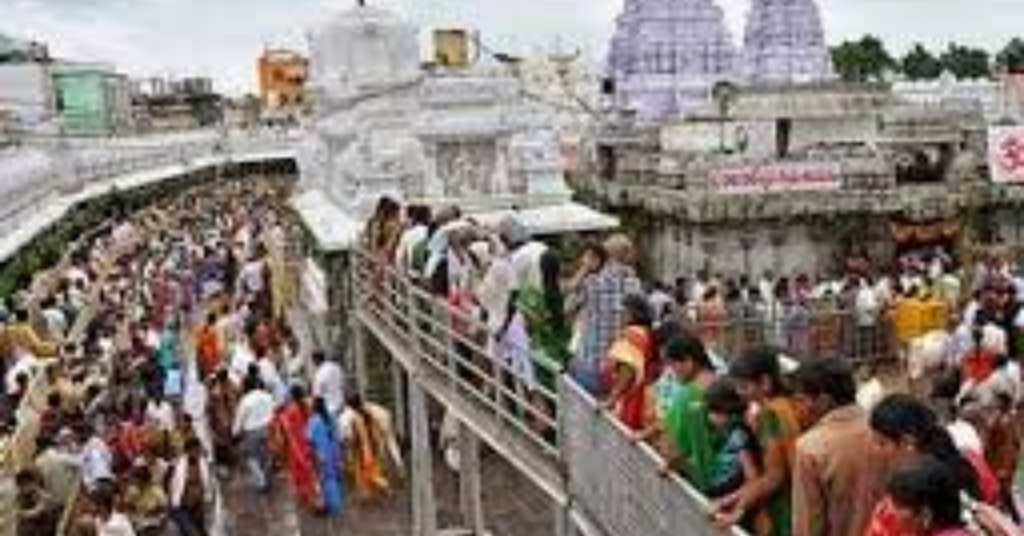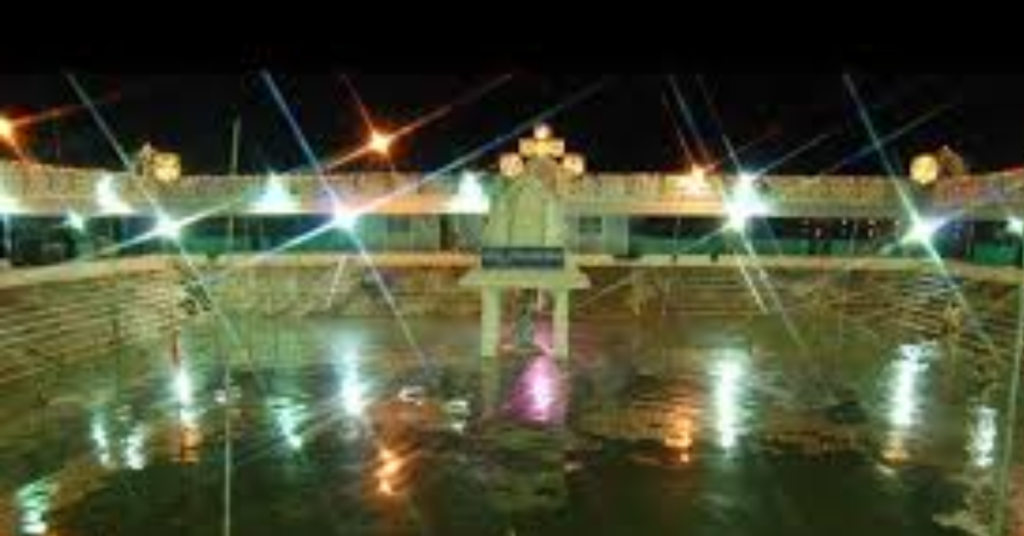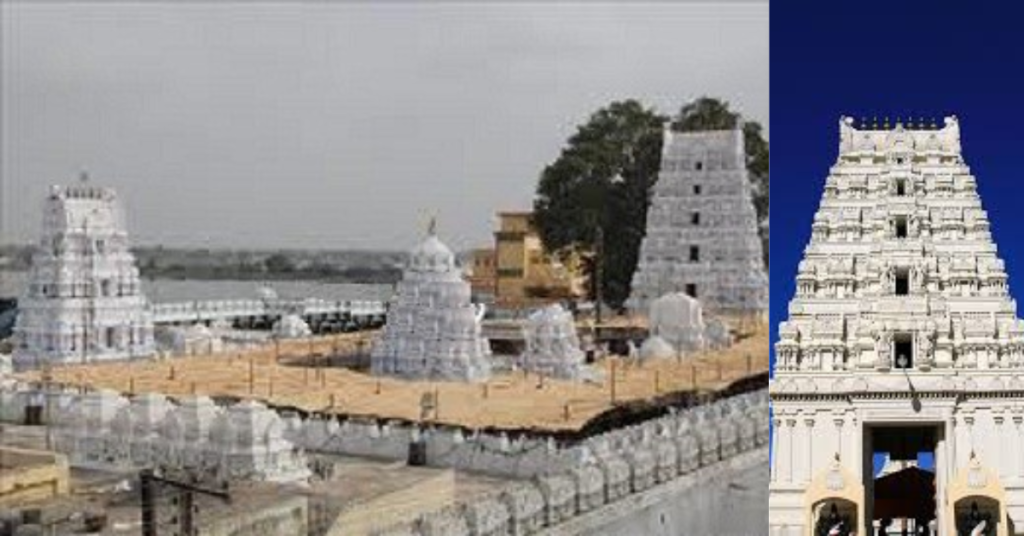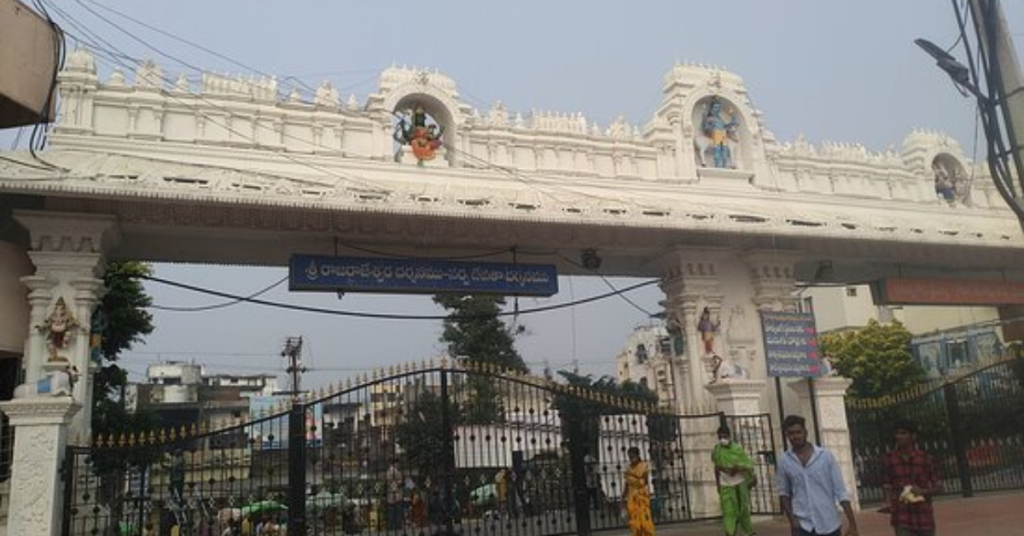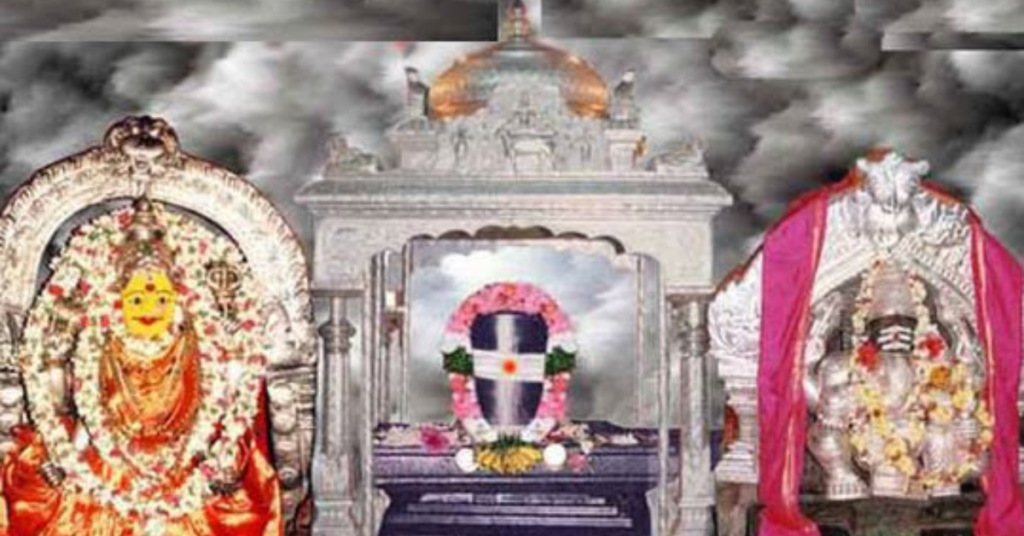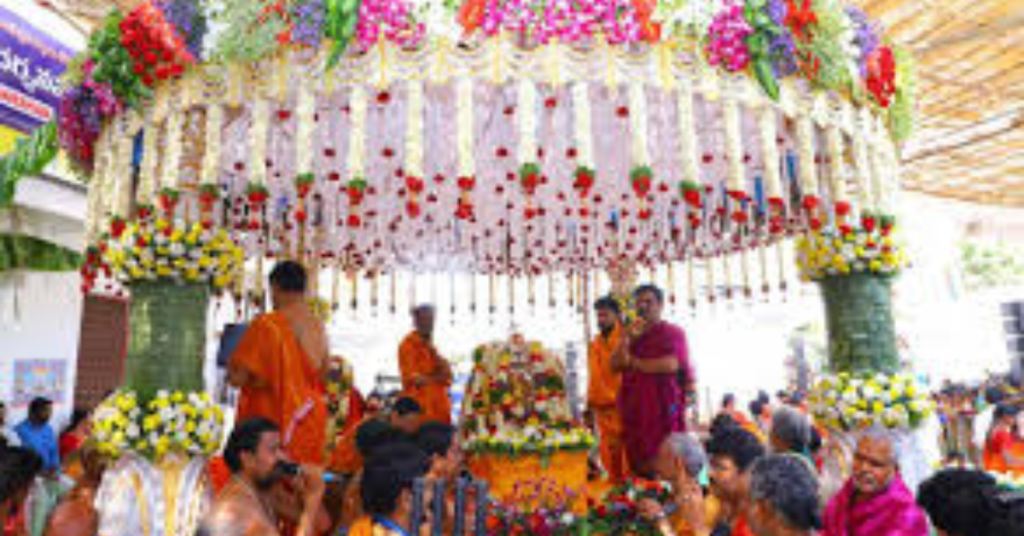The Hyderabad-Srisailam-Nagarjuna Sagar 2-day travel package offers a unique blend of spirituality, nature, and engineering marvels. Organized by the Telangana Tourism Development Corporation, this road-cum-river tour is ideal for families, groups, and solo travelers seeking a short yet enriching getaway.
Tour Overview
- Duration: 2 Days / 1 Night
- Cost: ₹3,050 per adult; ₹2,450 per child (includes transport, lunch, tea, and accommodation).
- Departure Points: Secunderabad, Begumpet, and Basheerbagh (between 1:30 PM – 2:00 PM).
- Best Time to Visit: October to February (pleasant weather for sightseeing and outdoor activities).
Day 1: Hyderabad to Srisailam
Highlights:
- Travel: Begin your journey from Hyderabad in a non-AC hi-tech coach.
- Arrival in Srisailam: Reach Srisailam by 7:30 PM. Accommodation is provided in dormitories or non-AC rooms.
- Evening Leisure: Explore the serene surroundings or relax after dinner.
Day 2: Srisailam to Nagarjuna Sagar
Morning Activities in Srisailam:
- Visit the iconic Mallikarjuna Swamy Temple, one of the twelve Jyotirlingas.
- Explore Sakshi Ganapathi Temple and enjoy panoramic views at the Srisailam Dam Viewpoint.
Cruise to Nagarjuna Sagar:
- Board the river cruise after breakfast.
- Enjoy scenic views of the Krishna River while savoring lunch onboard.
Nagarjuna Sagar Attractions:
- Nagarjuna Sagar Dam: Witness one of India’s largest masonry dams surrounded by lush greenery and serene waters.
- Ethipothala Waterfalls: A picturesque retreat with cascading streams ideal for photography and nature walks.
- Nagarjuna Konda Museum: Dive into history with relics of ancient Buddhist civilizations preserved on this island.
Return Journey to Hyderabad: Conclude the trip with an evening drive back to Hyderabad, arriving by 11:00 PM.
Key Attractions
| Destination | Highlights |
|---|---|
| Srisailam | Mallikarjuna Swamy Temple, Sakshi Ganapathi Temple, Srisailam Dam |
| Nagarjuna Sagar | Nagarjuna Sagar Dam, Ethipothala Waterfalls, Nagarjuna Konda Museum |
Travel Tips
- Weather Considerations: Winter months (October-February) are ideal for this tour due to pleasant temperatures ranging between 15°C-32°C.
- Photography Opportunities: Early mornings or late afternoons provide the best light for capturing scenic landscapes at Nagarjuna Sagar Dam and Ethipothala Waterfalls.
- Safety Precautions: Experienced drivers ensure safety on ghat roads; avoid monsoon travel due to slippery conditions.
Why Choose This Package?
- Combines road travel and a river cruise for a unique experience.
- Covers spiritual sites, natural beauty, and historical landmarks in one trip.
- Affordable pricing with inclusive services like transport and meals.
This two-day package is perfect for travelers looking to explore Telangana’s rich heritage and natural beauty without a long commitment. Whether you’re a history buff or a nature enthusiast, this tour offers something for everyone!
To book a tour with Telangana Tourism, such as the Hyderabad-Srisailam-Nagarjuna Sagar package, follow these steps:
Step-by-Step Booking Process
- Visit the Official Website:
- Go to the Telangana Tourism Development Corporation (TGTDC) website at tourism.telangana.gov.in.
- Create an Account:
- Click on the “Login/Register” option and create a new account if you don’t already have one. This will help you track your bookings and access other services.
- Choose Your Tour Package:
- Browse through the available tour packages and select the “Hyderabad-Srisailam-Nagarjuna Sagar” package.
- Ensure you have the correct dates and number of travelers.
- Book Your Tour:
- Click on the “Book Now” button for your chosen package.
- Fill in the required details, including names of travelers, contact information, and ID proof details.
- Proceed to payment.
- Payment:
- You can pay using various online payment methods such as credit/debit cards, net banking, or UPI.
- Ensure you have a stable internet connection to avoid transaction failures.
- Booking Confirmation:
- Once the payment is successful, you will receive a booking confirmation via email and SMS.
- This confirmation includes details about your tour, such as departure time, pickup points, and contact numbers for assistance.
- Pre-Tour Preparations:
- Check the weather forecast and pack accordingly.
- Carry necessary documents like ID proof and the booking confirmation printout.
- Contact for Assistance:
- If you need any assistance or have queries, you can contact the TGTDC helpline or visit their office at Tank Bund Road, Hyderabad.
Additional Tips:
- Early Booking: Book well in advance to ensure availability, especially during peak travel seasons.
- ID Proof: Ensure all travelers have valid ID proof as it is mandatory for check-in.
- Cancellation Policy: Check the cancellation policy before booking to understand any potential penalties.
By following these steps, you can easily book your tour with Telangana Tourism and enjoy a hassle-free travel experience!

